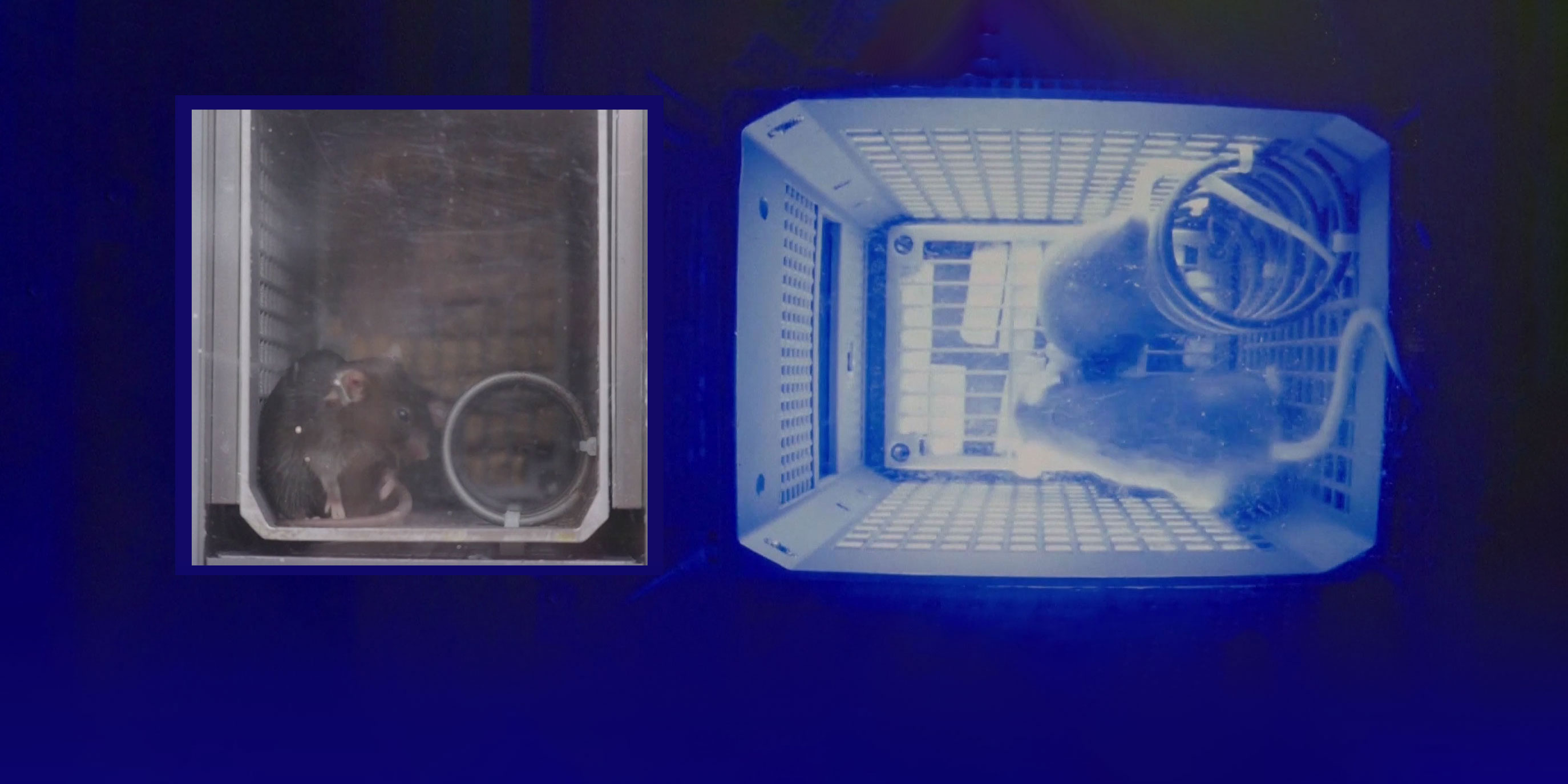
China’s Mice See Stars as Nation Sends Its First Rodents to Space
China has added four new stars to its roster of astronauts: two male and two female black mice.
The four rodents were carried to the country’s Tiangong space station via a shock-absorbent pouch aboard the Shenzhou-21, China’s 16th manned space mission launched on Oct. 31. It marks the first time that China has sent rodents to space.
The mice will spend five to seven days in space as part of a study exploring how small mammals adapt and respond to stress in microgravity. It is hoped that the data will provide greater insight into how humans — who share 85% of mice’s genetic makeup — respond to spaceflight.
To prepare them for space, the rodents underwent 60 days of screening and training, with only four selected from an initial pool of 300 candidates. Much like human astronauts, the mice were chosen based on their physical fitness and ability to endure space’s zero-gravity environment. This was assessed through a rigorous series of tests involving a hamster wheel, a rotating container to measure their resistance to vertigo, and a balance beam.
Researchers also evaluated the rodents’ memory and intelligence using cognitive tests, including maze navigation. Meanwhile, psychological fitness was assessed via a “tail suspension test,” in which researchers dangled the mice by their tails — only those that struggled were deemed psychologically fit to go to space.
Inside the space station, the rodents live in a carefully designed “space apartment” — two sealed metal boxes equipped with a feed and circulating water system, automated waste collection, an air purification system, and transparent observation windows. Lighting and a high-definition camera enable researchers to monitor them in real time.
After their brief stay aboard the Tiangong space station, the rodents will return to Earth with Shenzhou-20, which launched on April 24. The mission was intended to return Nov. 5, but was postponed after being hit by space debris.
Researchers plan to conduct follow-up experiments and anatomical studies on the mice when they return.
Netizens took to social media to celebrate the mammalian space flight. One popular comment on lifestyle app Xiaohongshu, also known as RedNote, reads, “Blue smoke rises from the tombs of their mouse ancestors,” a pun on the Chinese idiom, “Blue smoke rises from the tombs of the ancestors,” meaning that one’s success is so great as to evoke pride from past generations.
China has previously sent non-mammalian organisms such as Caenorhabditis elegans nematodes, fruit flies, and zebrafish to space.
(Header image: Upright and side views of the four mice aboard China’s Tiangong space station. Visuals from @CCTV News on Weibo, reedited by Sixth Tone)










